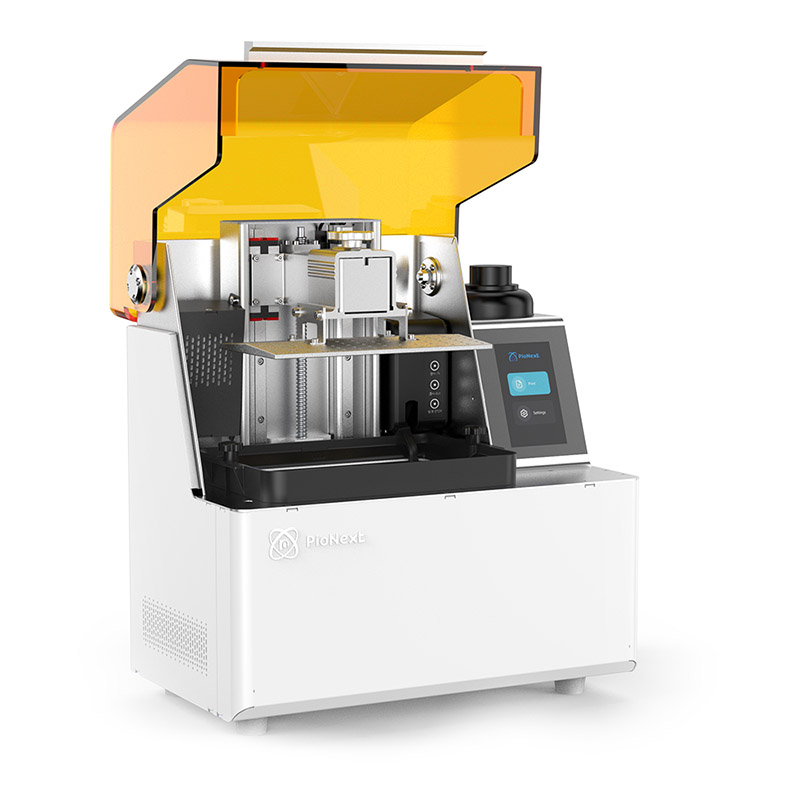Make Dental Work Easier
Bring the best Chinese digital dentistry solution to Africa.
In recent years, technology has been developing rapidly, and with the expansion of computer-aided software in the field of oral diagnosis and treatment, 3D-printed digital implant guides based on oral CBCT scan data have been widely used in oral implant surgery. This new digital implant pathway has greatly changed the patient experience compared to the traditional reliance on the doctor's clinical experience. At the same time, digitalisation has also brought the communication and exchanges between doctors and patients closer to a large extent, so that both doctors and patients can obtain a certain degree of surgical anticipation before the operation.
In implant restoration, the oral scanner can well capture the position of the implant, the shape of the gum cuff, etc., and the implant digital impression is easier to obtain. The advent of digital implant scanning rods allows the technician to match the data with CAD software as well as a dedicated database to obtain the correct position of the implant.
During the implant surgery, the doctor uses the digital guide plate to guide the oral implant surgery, accurately carry out the site, axial direction, depth and other effective guidance to avoid surgical risks. To a large extent, it is "more accurate, safer and less invasive". Digital implant guide plate is a series of systematic analysis of CBCT, oral scanning and other data through the guide plate design software to assist in the design of oral implant sites, and then through 3D printing technology for the production of the guide plate, so as to achieve precise positioning of the implant surgical device.
A precise impression is an indispensable prerequisite for long-term stable restorative results. In the case of implant restorations, the clinical operation of traditional implant restoration impressions is more complex than that of natural tooth fixed restorations because the three-dimensional position of the implant in relation to the surrounding tissue is indirectly obtained with the help of an impression transfer bar and a substitution body. With the development of digital technology and its increasing popularity in the field of dentistry, intraoral digital impression technology is more and more widely used in clinical practice due to its advantages of efficient clinical operation, comfortable patient experience, easy communication between patients and doctors, and easy data storage.
In recent years, digital technology has been developing rapidly in the field of oral implantation, and intraoral digital impression technology, as an important part of the digital process, has also received more and more attention. President Hu also made the following summary for us:
Firstly, it improves the diagnosis and treatment efficiency, improves the patient's comfort, and also reduces the degree of intraoperative contamination;
Second, digital impression effectively improves the accuracy of model transfer, as well as accelerates the efficiency of medical communication;
Third, digital mouth scanning and CBCT data fitting can analyse the situation of hard and soft tissues, better plan the follow-up treatment plan, and achieve accurate diagnosis and treatment.

Copyright © 2024 Golden Promise Dental Co.,Ltd. | All Rights Reserved
We are here to help you! If you close the chatbox, you will automatically receive a response from us via email. Please be sure to leave your contact details so that we can better assist